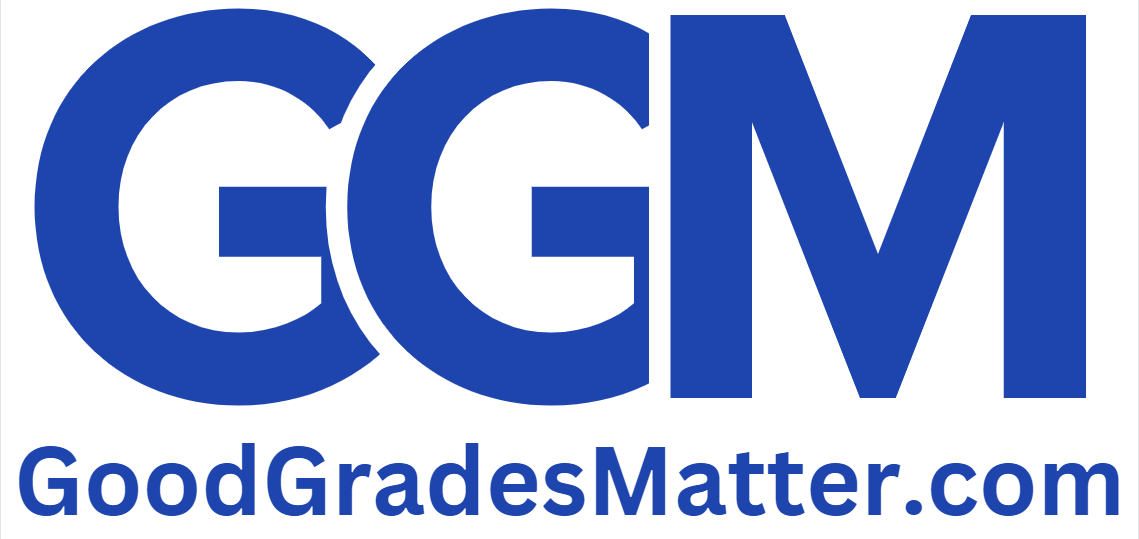The Yardman Company produces electric weed trimmers, among other products. The following standard costs per unit are associated with the trimmers:
| Item | Quantity | Cost per Unit |
| Direct materials | 4 pieces at $6.00 | 24.00 |
| Direct labour | 2 hours at $15.00 | 30.00 |
| Variable overhead | 2 hours at $3.00 | 6.00 |
| Fixed overhead | 2 hours at $5.00 | 10.00 |
| Total | 70.00 | |
Normal activity of 60,000 hours was used as the denominator level. Other possible capacity levels were as follows:
| Expected annual | 55,000 hours |
| Practical annual | 75,000 hours |
| Theoretical annual | 100,000 hours |
An analysis of the difference between practical and theoretical capacity for the past year showed the following: 10,000 hours were not used because management decided not to employ two crews of workers. A further 5,000 hours of capacity had to be assigned to setup when machines were switched from one product to another. Another 5,000 hours were not used because scheduled maintenance of production equipment was required. Finally, the remaining 5,000 hours of theoretical capacity were not used because existing markets could not use all of the theoretical capacity without a substantial reduction in selling price. Management approached the Marketing Department to determine what pricing policy would be needed to move from the denominator level of activity (30,000 units) to practical capacity (37,500 units). Marketing suggested that a price reduction of 10% below the existing selling price of $80 would increase demand from 30,000 units to 37,500 units.
Marketing also indicated that to move from practical capacity (37,500 units) to theoretical capacity (50,000 units), two crews would need to be hired, setups eliminated, and maintenance deferred. A further 10% price reduction below the existing $80 would also be needed to increase demand by another 12,500 units.
Required:
Calculate gross profit at the following levels of capacity utilization: (a) expected annual, (b) denominator, (c) practical, and (d) theoretical. Note: Be sure to incorporate the selling price reductions necessary to sell all units produced at practical and theoretical levels of capacity utilization.
Solution
Fixed overhead = denominator activity times fixed overhead per hour
= 60,000 hours × $5.00 per hour
= $300,000
The need to reduce the selling price to achieve demand equal to either the practical or theoretical capacity levels yields a decline in gross profit because the increase in revenue is more than offset by the increase in variable costs. Also, the additional costs of the expansion of crews, the reduction of scheduled maintenance and the change in set ups has not been added beyond the change in variable costs indicated by the analysis above. Adding these costs to the analysis above would further increase the gross profit decrease when moving from practical to theoretical capacity.
Sales Quantity*
*55,000 hours ÷ 2 hours per unit = 27,500 units
Sales Price**
**$80 × 0.90 = $72; $80 × 0.80 = $64
Please click on the Icon below to purchase the full 100% CORRECT ANSWER at only $3




